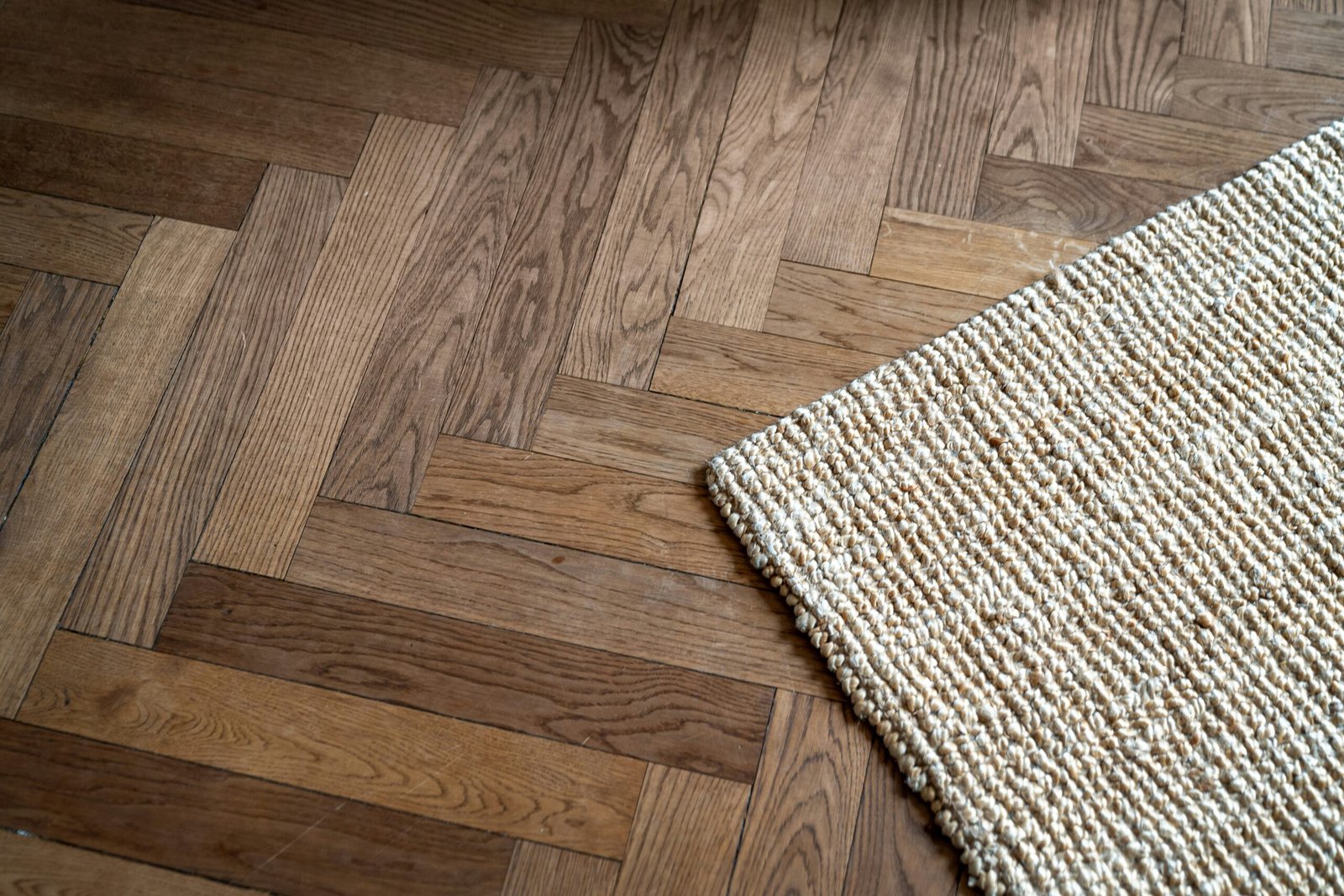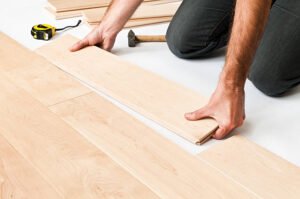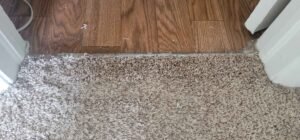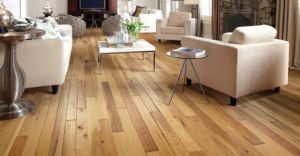When it comes to building or renovating floors, the term subfloor often comes up, but many people don’t fully understand what it is or why it’s important. Whether you’re a DIY enthusiast, a homeowner planning a remodel, or just curious about home construction, understanding the basics of flooring and subflooring can save you time, money, and frustration.
In this guide, we’ll cover everything you need to know about subfloors — what they are, why they matter, types of subfloors, and how they fit into your overall flooring system.
What is a Subfloor?
A subfloor is the structural layer of flooring that is installed directly over the floor joists of a building. It acts as the base layer on which your finished floor covering—like hardwood, tile, carpet, or laminate—is installed.
Think of the subfloor as the foundation for your floor inside your home. Just like a building’s foundation supports the entire structure, the subfloor supports the flooring materials and helps distribute weight evenly across the floor joists.
Why is the Subfloor Important?
The subfloor is essential for several reasons:
- Structural Support: It provides a strong and stable surface that can bear the weight of people, furniture, and appliances.
- Even Surface: It creates a flat, even surface for the finished flooring, preventing bumps, dips, or squeaks.
- Moisture Barrier: In some cases, it can help protect the flooring and the joists below from moisture damage.
- Noise Reduction: Properly installed subflooring can reduce noise and vibration from footsteps.
Without a good subfloor, the finished floor can become uneven, squeaky, or even damaged over time.
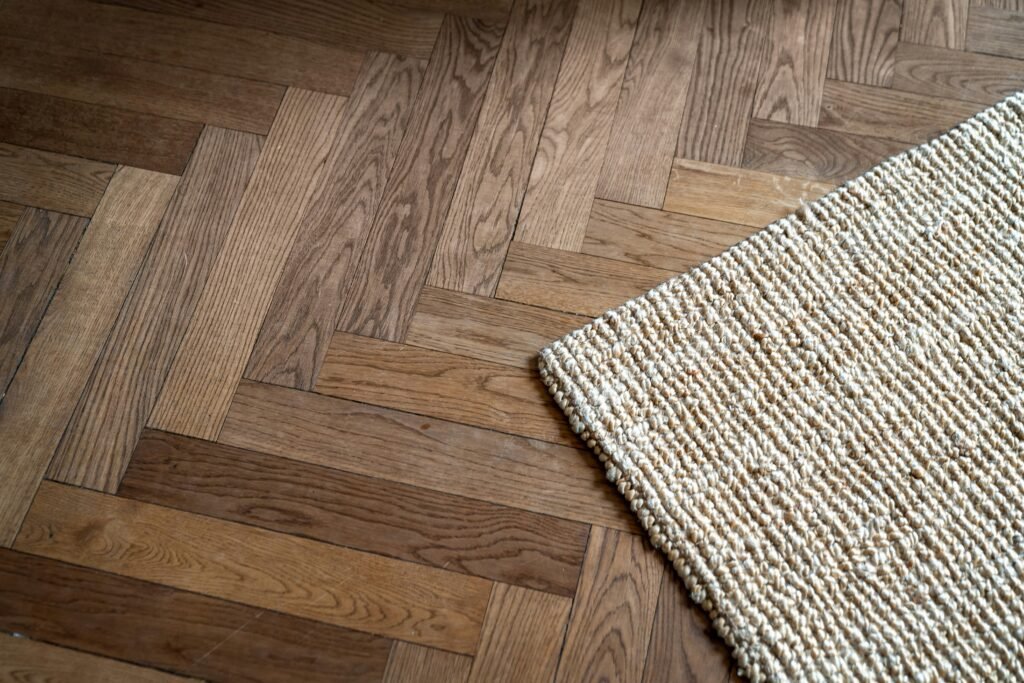
Components of a Flooring System
Before diving deeper into subfloors, it helps to understand the layers that make up a typical flooring system:
- Joists: These are the horizontal structural beams that span across the foundation and support the subfloor.
- Subfloor: The structural layer attached directly to the joists.
- Underlayment (Optional): A thin layer installed over the subfloor to provide additional smoothing, moisture protection, or sound dampening.
- Finished Flooring: The visible layer, such as hardwood, tile, laminate, carpet, or vinyl.
Types of Subfloor Materials
Subfloors can be made from various materials depending on the type of construction and budget. The most common types include:
1. Plywood Subfloor
- Description: Made by gluing together thin layers of wood veneer, plywood is strong, durable, and resistant to warping.
- Common Uses: Residential and commercial construction.
- Pros: Good strength, easy to work with, widely available.
- Cons: Can delaminate or swell if exposed to moisture for long periods.
2. Oriented Strand Board (OSB)
- Description: Manufactured from compressed wood strands arranged in layers and bonded with adhesives.
- Common Uses: Affordable alternative to plywood, commonly used in residential construction.
- Pros: Cost-effective, strong, moisture-resistant to some degree.
- Cons: Edges can swell with water exposure; not as smooth as plywood.
3. Plank Subfloor
- Description: Made from solid wood planks, often used in older homes.
- Common Uses: Historic homes, some specialized applications.
- Pros: Strong and durable when properly maintained.
- Cons: Can develop gaps or squeaks; harder to install evenly.
4. Concrete Subfloor
- Description: A concrete slab can act as a subfloor, especially in basements and slab-on-grade construction.
- Common Uses: Commercial buildings, basements, ground floors.
- Pros: Extremely strong and durable.
- Cons: Hard, cold surface; may require special flooring adhesives or preparation.
Subfloor Installation Basics
Proper installation of a subfloor is crucial for a lasting and sturdy floor. Here are some important points about installation:
- Secure Attachment: Subfloor panels or planks are nailed or screwed directly to the floor joists.
- Spacing: Leave a small expansion gap between panels (typically 1/8 inch) to accommodate natural wood expansion.
- Moisture Barrier: In areas prone to moisture, a vapor barrier or waterproof membrane may be installed before the subfloor.
- Level Surface: The subfloor must be flat and level to prevent issues with the finished flooring.
Signs You Might Need to Replace or Repair Your Subfloor
Sometimes the subfloor needs maintenance or replacement. Look out for these warning signs:
- Squeaky Floors: Squeaking can indicate loose or damaged subfloor panels.
- Soft Spots: Areas that feel spongy or soft underfoot may be water-damaged or rotted.
- Uneven Floor: Noticeable dips or bumps could indicate a compromised subfloor.
- Water Damage: Stains, mold, or warping are signs of moisture issues that can weaken the subfloor.
If you see these signs, it’s best to have a professional inspect the subfloor to determine the best course of action.
Tips for Choosing the Right Subfloor for Your Project
- Consider your finished flooring: Some floor types, like hardwood or tile, require a very stable subfloor.
- Evaluate moisture exposure: Use moisture-resistant materials in basements, kitchens, or bathrooms.
- Budget: OSB tends to be cheaper than plywood but may have limitations in certain applications.
- Local Building Codes: Always check local building codes for subfloor requirements.
Final Thoughts
The subfloor may be “hidden” beneath your finished flooring, but it’s a critical part of your home’s structural integrity and overall comfort. Whether building a new floor or renovating an existing one, understanding subfloors will help you make informed decisions that ensure your floors are safe, durable, and long-lasting.
Next time you look down at your floor, remember — the strong, steady surface you enjoy is thanks to the humble subfloor beneath your feet!

